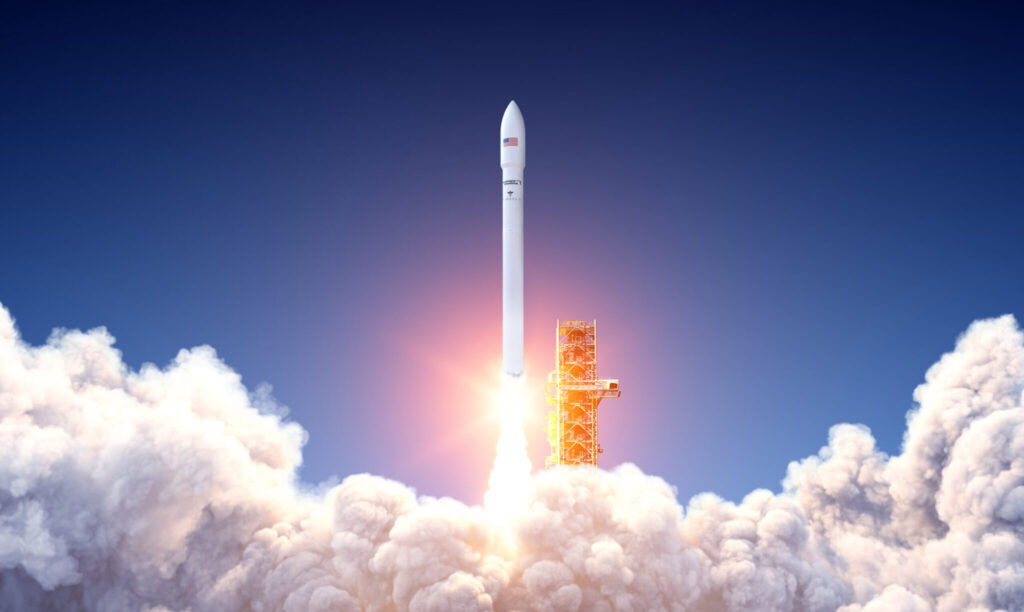Can Private Space Exploration Really Happen?
Recently, SpaceX launched its newest rocket, the StarShip. Although this launch ended in the rocket self-destructing, many people are still optimistic about the future of space privatization. Every now and then, people talk about the Mars base that SpaceX’s founder, Elon Musk, promised, looking into the distant stars. Meanwhile, countless startups look for something to do in space that could earn them a good profit and boost space privatization. Some look for candidates fit for zero-gravity, or 0g, manufacturing. These candidates are often expensive materials that can be made better in an environment without gravity. For instance, crystals grow with a more even structure in space because there is no force pulling them constantly downwards. Others look towards the valuable minerals, such as gold, which are believed to be contained inside asteroids, hoping that those ores will spark the next gold rush. Still, others dream of finding a way to get the general public up into space, perhaps letting them see the magnificent view of our green-and-blue planet from above. From asteroid mining and zero-gravity manufacturing to space tourism, it may seem like there is great potential for the privatization of space. However, there is one major hurdle that start-ups and tech-giants alike have to climb over before anything can take off: economics.
From a distance, 0g manufacturing seems like a perfect way to boost the space industry. However, there are serious questions about whether the price difference between a made-on-earth product and made-in-space product will be large enough to justify setting up manufacturing facilities in space. Candidates for 0g manufacturing actually have Earth-manufactured alternatives, and they are only of a slightly lower quality. For instance, one candidate for 0g manufacturing is optical cables. The key material for optical cables can only form perfectly under 0g conditions, but there are already great optical cable materials on the market. Even if the 0g alternative is slightly better, the amount of money that internet infrastructure companies are willing to pay for an upgraded version is limited. Based on current space launch costs, for every kg of material, it will take $4,000 just for transportation. When the manufacturing costs are added, it is questionable whether any business would want to buy it. Instead, they would likely opt for the less powerful, Earth-manufactured alternative. For space manufacturing to be worth it, the product would need to have a lot of demand for it, and would need to have no Earth-manufactured alternative whatsoever. For the time being, there is no such candidate. Ultimately, companies cannot currently profit from 0g manufacturing. As such, no company will be able to build and sustain a factory in space, and there will be no 0g manufacturing, at least in the foreseeable future.
Space mining faces the same problems as 0g manufacturing because, ultimately, companies need to earn money to sustain their operations. It is certain that there are asteroids in space with large deposits of valuable mineral resources, the likes of gold and platinum. However, the cost to mine the ores would be overwhelming. If a mining operation on Earth costs a billion dollars, one in space would cost at least another billion dollars more due to transportation and launch costs. Of course, if the right asteroids and minerals to mine are chosen, and if launch costs drop, space mining will become viable and possibly profitable. However, it still won’t be MORE profitable than on Earth. For space mining to be justified, it would need to be significantly more profitable than an equivalent Earth-based venture. Otherwise, there would be no reason for a company from a perfectly sound industry to jump into a very risky, experimental endeavor where they could potentially LOSE money, when they could have turned an easy profit on Earth. Beyond the risks, another reason space mining is not viable is because of the distance. Valuable asteroids are very far away from Earth, meaning that the returns on investment would come 10, 20, or even more years later, since it will take time to travel to the asteroid, set up an operation, and bring back the mined minerals. Companies generally put their money towards projects that have direct potential, not something that will not generate a return until the next decade; companies work for their investors, who often want a return on investment within a couple years. Therefore, investing in space mining would not be favored.
Perhaps the only business that will be able to turn sufficient profit to be worth the additional costs of operating in space is space tourism. What sets tourism apart from manufacturing and mining is that, for tourism, it has to be in space; space tourism can’t happen on Earth. Of course, the ticket to space would be – and is – very expensive due to the launch costs and other related costs. However, there are plenty of ultra-rich individuals who are willing to spend $50 million (the current cost for a trip to space) in order to have the unique experience of space travel. As a result, space tourism is commercially viable.
Still, this small success in tourism will not be enough to fuel space privatization, for space is an extremely expensive arena. The limited number of launches due to great costs will mean that space tourism will remain as a niche activity that only the richest individuals will be able to experience. Small profits made from tourism will aid further development in rockets and other space-related technologies such as space suits, but the vast majority of R&D funds will still need to come from government organizations such as NASA, as well as from the investments of ultra-rich space company founders, such as Elon Musk (SpaceX) and Jeff Bezos (Blue Origin). Through time, technological breakthroughs will likely be made and the cost of transportation to and from space will subsequently go down, but not enough to prompt a big change in the industry.
Ultimately, the economic burdens and potential pitfalls of 0g manufacturing and asteroid mining will make space privatization difficult. Rather, space will have to be funded by various government bodies until costs drop sufficiently to justify space businesses. This process will be a rather slow one, and it is unlikely that complete space privatization will happen during our lifetimes. However, space has always been a slow endeavor. For one launch to the moon to occur, companies have had to wait until everything was perfectly aligned, and given the nature of our galaxy, this takes a lot of time. A single trip to Mars would take even more alignment and consequent time. Space industry will, like other industries, become privatized one day. However, that day appears to be far in the future, and relies on a lot of technological advancements to make it feasible.



